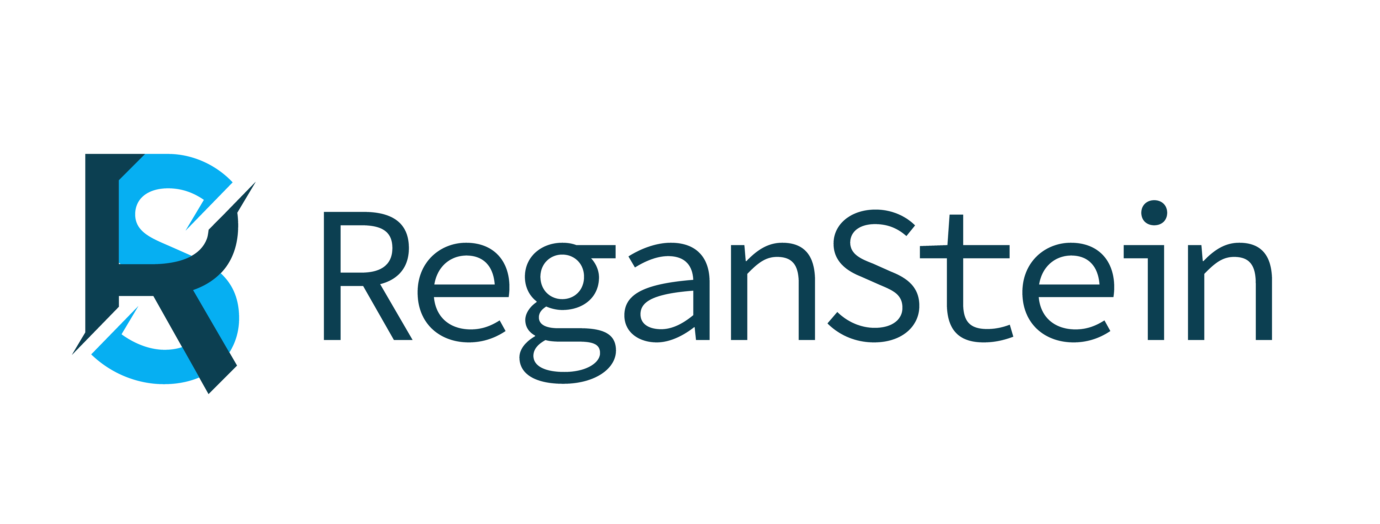

Procurement and Diagnostic Benchmark
“Everything that informs us of something useful that we didn’t already know is a potential signal. If it matters and deserves a response, its potential is actualized.”
Stephen Few
What is Good Procurement?
Good Procurement is a vital part of business success. Whether it is harnessing supplier innovation in new product development, closer management of an important input cost or simply ensuring supply; Procurement has a direct impact on company profits and sales. In addition, supply-side issues (or failures) and poor internal buying processes distract your staff from other business priorities. So, in looking at your own function, you might be asking:
- Whether you are getting all the value you could from your suppliers?
- If your team has the tools, capabilities and approaches for success?
- Is a strategic approach being taken to key suppliers, risk, sustainability?
To satisfy these concerns and identify opportunities for improvements many companies carry out an initial Procurement Diagnostic and Benchmark. This rapid maturity assessment will cover the areas that drive success in Procurement and position, or benchmark, the observed business. From this review areas for improvement may be identified or, if otherwise, reassurance gained that best practice is being employed.
Value of the Assessment
In some companies Procurement can more focussed on day-to-day issues and transactional activities – and this can miss opportunities and threats. In rapidly changing business environments, there can be risk to continuity of supply in critical materials or services, or significant cost opportunities can be missed. Taking a strategic viewpoint, using best practice processes and strengthening the function would identify these risks, take mitigating actions and uncover high value opportunities.
Similarly, a Procurement team operating with the full capability and correct systems can deliver significant business improvement programmes – in cost savings, supplier performance and purchase-to-pay transactional efficiencies.
What is involved in Procurement Diagnostics?
The approach utilises a standard framework and multiple interviews with key personnel, starting with the sponsor. The template may be modified to suit particular needs, stressing areas of greatest relevance. The engagement would then include key members of the Procurement team – i.e. the department manager, key category buyers, analysts and administrators. Further stakeholders would be sought for input, the important clients of the function – e.g. the executive lead, operations management, finance department, back office / supplier payment and the IT system managers.
The list would be agreed with the sponsor and a timescale set.
Note: Some Diagnostics can include supplier interviews as well, in particular, to gauge supplier relationship conditions, but this would be rare or done as a follow-on exercise.
The main topics included in the assessment would be:
- Strategy definition and understanding
- Scope, leverage and spend consolidation opportunities
- Target setting, wider team engagement and results
- Measurement and tracking, market intelligence
- Organisational talent and functional capability
- Supplier Performance Measurement, management and improvement
- Total cost management and value opportunity
- Process effectiveness (Category Management, SRM, etc)
- Tools & systems diagnostic across sourcing, buying and P2P
The time required to complete this exercise would depend on the number, location and availability of the interviewees. As a rough guide, a medium sized business with most stakeholders located on one site would likely be completed over 6 -7 days with 3 or 4 of them on-site.
The client will then be furnished with a report placing the business according to each topic and a summary of improvement opportunities, as found, to be executed. A presentation meeting and full discussion of the results will close the engagement.
